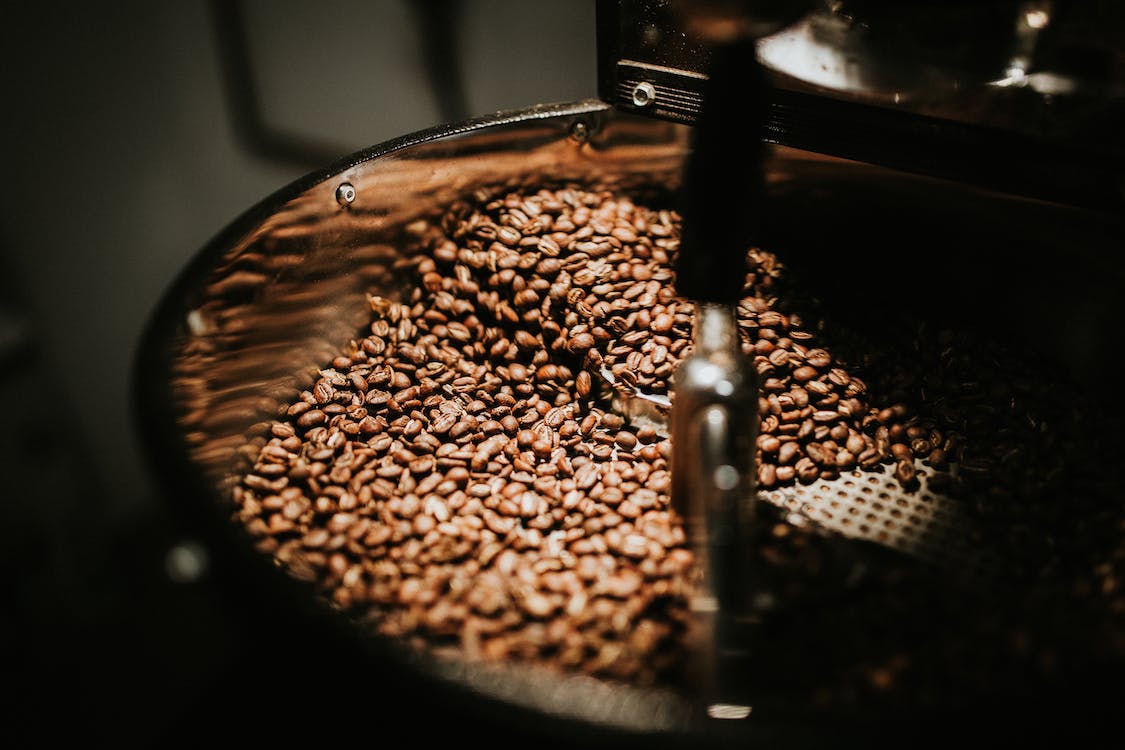
FAQ About Coffee

How is coffee grown?
Coffee is primarily grown in regions within the "coffee belt," which stretches between the Tropics of Cancer and Capricorn. The process of growing coffee involves several stages:
Planting: Coffee is typically propagated from seeds or by grafting. The seeds are planted in nurseries where they germinate and develop into seedlings. These seedlings are then transplanted to the field after a few months.
Growing conditions: Coffee plants thrive in specific environmental conditions. They require a tropical or subtropical climate with temperatures between 60°F (15°C) and 70°F (24°C), abundant rainfall, and well-drained, fertile soil. The altitude at which coffee is grown also plays a crucial role in flavor development.
Harvesting: Coffee plants generally take around 3-4 years to mature and bear fruit. The coffee cherries, which are the fruit of the coffee plant, turn ripe and develop their distinctive colors (red, yellow, or other shades depending on the variety). Harvesting can be done by hand-picking, selective picking (choosing only ripe cherries), or strip picking (harvesting all cherries at once).
Processing: After harvesting, coffee cherries undergo processing to remove the outer layers and extract the coffee beans. There are two primary processing methods:
- a. Wet processing: In this method, the cherries are immersed in water and mechanically scrubbed to remove the outer pulp. The remaining beans are then fermented and washed before being dried.
- b. Dry processing: Also known as natural processing, this method involves sun-drying the whole cherries. The cherries are spread on drying beds or patios and turned regularly to ensure uniform drying. Once dried, the outer layers are removed to extract the coffee beans.
Sorting and grading: The dried coffee beans are sorted and graded based on their size, shape, color, and defects. This step helps ensure consistency in quality and facilitates trade.
Roasting: After the beans have been processed and sorted, they are usually sold to roasters. Roasting is a critical step in coffee preparation, as it transforms the green beans into aromatic, flavorful coffee. The roasting process involves applying heat to the beans, causing them to undergo chemical changes and develop their distinct flavors.
Packaging and distribution: Once roasted, the coffee beans are packaged and prepared for distribution. They may be ground or left as whole beans, depending on consumer preferences. Coffee is then shipped to various destinations, both domestically and internationally.
